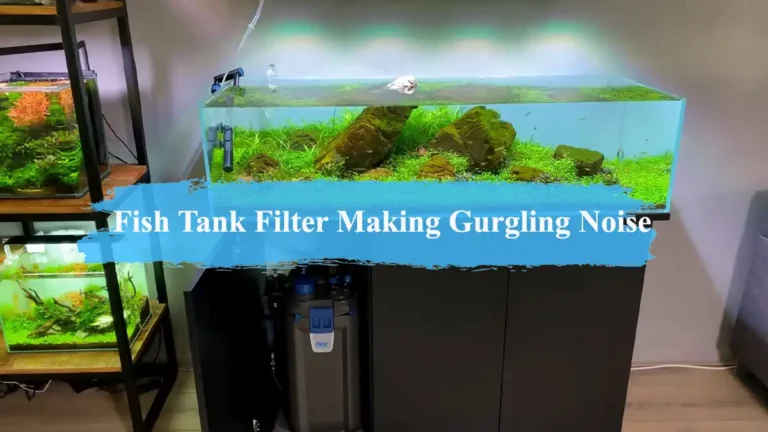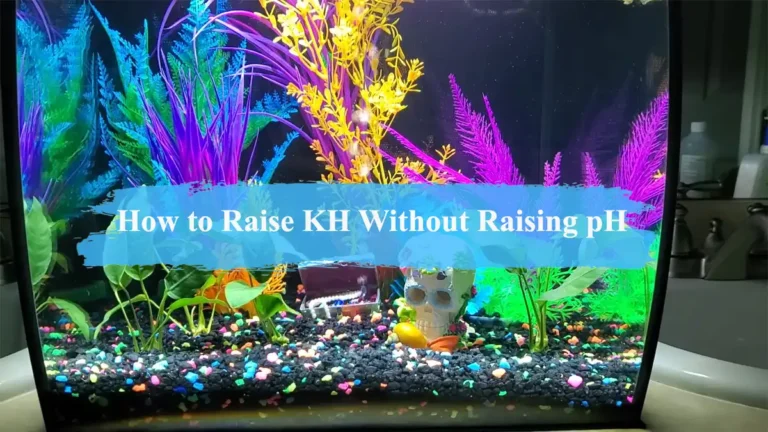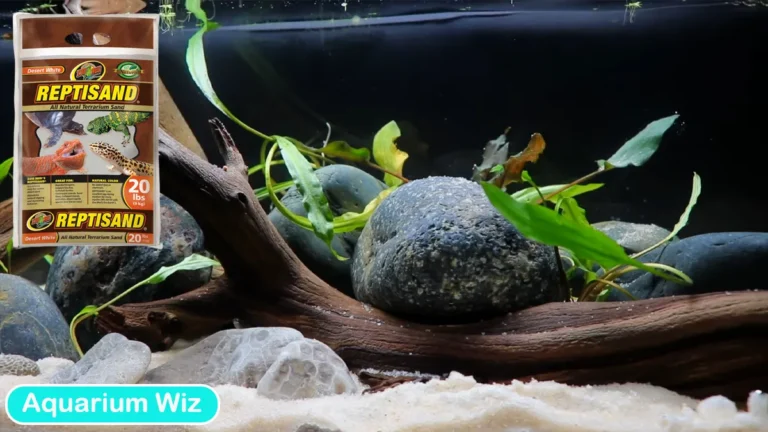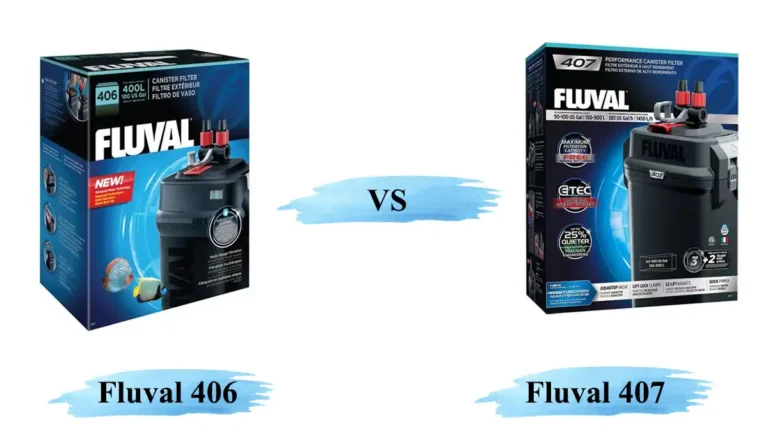50-Gallon Lowboy Aquarium Setup
Opting for the Ideal Location The foundation of a 50-gallon lowboy aquarium commences with location selection. Stability, levelness, and weight-bearing capacity are key attributes for your chosen spot. Deliberate over elements like temperature, illumination, and noise as you pinpoint the perfect place. Once your location is secured, the next phase involves assembling the necessary components for a seamless setup.
Key Takeaways
- Choosing the right location is crucial for setting up a 50-gallon lowboy aquarium.
- Essential items like filters, heaters, and substrate are necessary for setting up a healthy aquarium.
- Proper water conditioning and cycling are necessary to establish a healthy environment for your fish.
Essential Components of Aquarium Arrangement To establish your 50-gallon lowboy aquarium, essential requisites include filters, heaters, substrates, and decorations. Adequate water conditioning and tank cycling are crucial to nurturing a healthy fish habitat. Once your aquarium is fully assembled and the ecosystem is balanced, you’re all set to introduce your fish, basking in the tranquility of your newly created aquatic haven.
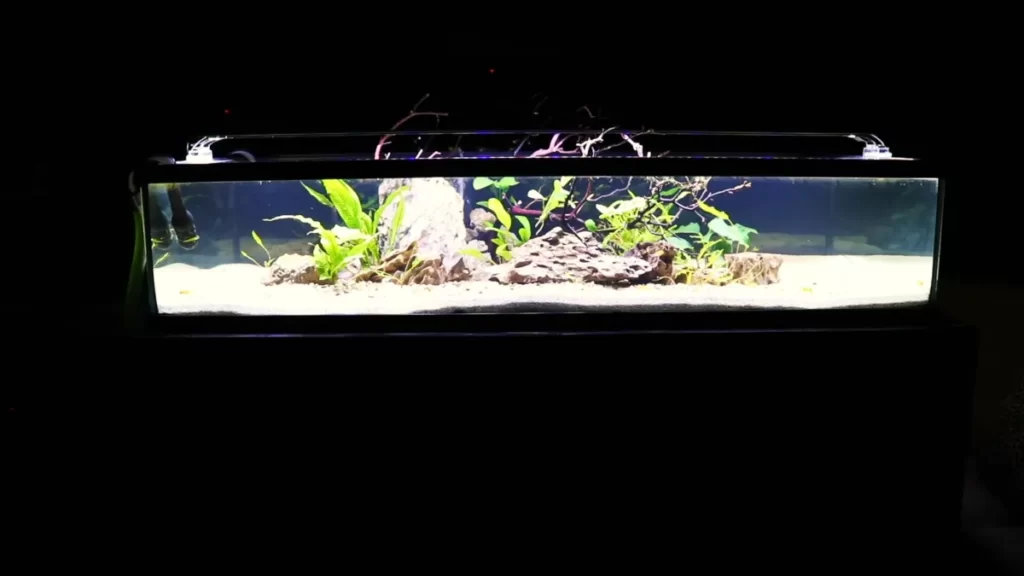
Choosing the Right Location
When it comes to setting up a 50-gallon lowboy aquarium, choosing the right location is crucial for the health and well-being of the fish and plants that will live in it. Here are some factors to consider when selecting the ideal spot for your aquarium:
1. Level and Sturdy Surface
The first thing to consider is the surface where the aquarium will be placed. Make sure it is level and sturdy enough to support the weight of the aquarium, water, and decorations. A 50-gallon lowboy aquarium can weigh over 500 pounds when filled with water, so it’s important to ensure that the surface can handle the load. A sturdy stand or cabinet specifically designed for aquariums is recommended.
2. Avoid Direct Sunlight
Direct sunlight can cause algae growth and temperature fluctuations in the aquarium, which can be harmful to the fish and plants. Therefore, it’s best to avoid placing the aquarium in direct sunlight. Indirect sunlight or artificial lighting is a better option.
3. Avoid High-Traffic Areas
Aquariums should be placed in areas with minimal foot traffic to avoid accidental bumps or jostles that can stress out the fish. Also, avoid placing the aquarium near doors, windows, or air vents, as they can cause temperature fluctuations and affect the water quality.
4. Electrical Outlets
Make sure that there is an electrical outlet nearby to power the aquarium equipment, such as filters, heaters, and lights. It’s important to use a surge protector to prevent electrical damage to the aquarium equipment and to avoid electrical hazards.
5. Water Source
Lastly, consider the proximity to a water source when choosing the location for the aquarium. It’s essential to have easy access to a water source for regular water changes and maintenance.
By considering these factors, you can choose the ideal location for your 50-gallon lowboy aquarium, ensuring a healthy and thriving aquatic environment for your fish and plants.
Aquarium Setup Essentials
When setting up a 50-gallon lowboy aquarium, there are a few essential components that must be considered. These include the tank and stand, filtration system, heating system, and lighting system.
Tank and Stand
The first step in setting up a 50-gallon lowboy aquarium is to select an appropriate tank and stand. The tank should be made of high-quality glass or acrylic and have a capacity of 50 gallons. The dimensions of the tank should be 36″ x 18″ x 19″ for a regular tank or 36″ x 18″ x 20″ for a breeder tank. The stand should be sturdy enough to support the weight of the tank and any accessories that will be added.
Filtration System
A good filtration system is essential for maintaining a healthy aquarium environment. There are several types of filtration systems available, including canister filters, hang-on-back filters, and sponge filters. Canister filters are the most popular choice for 50-gallon lowboy aquariums as they are powerful and efficient. The filter should be rated for at least 150 gallons to ensure that it can handle the volume of water in the tank.
Heating System
A heating system is necessary to maintain a consistent water temperature in the aquarium. The ideal temperature for most tropical fish is between 75-80°F. A submersible heater is the most common type of heating system used in aquariums. The heater should be rated for at least 150 gallons to ensure that it can heat the water in the tank effectively.
Lighting System
A lighting system is necessary to provide light for the plants and fish in the aquarium. The lighting system should be designed to provide the appropriate spectrum of light for the plants and fish in the tank. LED lights are the most popular choice for 50-gallon lowboy aquariums as they are energy-efficient and long-lasting. The lighting system should be on for 8-10 hours per day to provide the necessary light for the plants and fish.
Overall, setting up a 50-gallon lowboy aquarium requires careful consideration of the tank and stand, filtration system, heating system, and lighting system. By selecting high-quality components and ensuring that they are properly installed, it is possible to create a beautiful and healthy aquarium that will provide enjoyment for years to come.
More: 20 Gallon Saltwater Tank Setup: A Comprehensive Guide
Water Conditioning and Cycling
Before adding fish to the 50-gallon lowboy aquarium, it is essential to condition the water and establish the nitrogen cycle. This process takes time, but it is necessary to create a healthy environment for the fish.
Water Conditioning
Tap water contains chlorine and chloramines that can harm the fish. Therefore, it is crucial to add a water conditioner to remove these chemicals from the water. Most water conditioners also detoxify heavy metals and other harmful substances that can be present in tap water.
It is recommended to use a water conditioner that is specifically designed for aquariums. Follow the instructions on the label to ensure that the correct amount of conditioner is added to the water.
Cycling
Cycling is the process of establishing beneficial bacteria in the aquarium that convert harmful ammonia into less harmful nitrite and then into nitrate. This process takes several weeks to complete.
To cycle the aquarium, add a source of ammonia to the water, such as fish food or pure ammonia. Test the water daily for ammonia, nitrite, and nitrate levels using an aquarium test kit. When ammonia levels start to decrease, and nitrite levels start to increase, it means that the beneficial bacteria are starting to establish.
Once the ammonia and nitrite levels reach zero, and nitrate levels start to increase, it means that the nitrogen cycle is complete. At this point, it is safe to add fish to the aquarium.
It is important to note that adding too many fish at once can overload the beneficial bacteria, causing ammonia and nitrite levels to rise again. Therefore, it is recommended to add fish slowly over several weeks to allow the bacteria to adjust to the increased bioload.
Aquarium Landscaping
When setting up a 50-gallon lowboy aquarium, landscaping is an essential part of creating a healthy and visually appealing environment for your fish. Proper landscaping can also help to ensure that your fish have enough space to swim and hide, as well as providing them with natural habitats that they would find in the wild.
Substrate
The substrate is the material that lines the bottom of the aquarium. It is essential for providing a natural environment for your fish and plants. There are many different types of substrates available, including sand, gravel, and soil. When choosing a substrate, it is important to consider the needs of your fish and plants. Some species of fish prefer sandy substrates, while others prefer gravel or soil. Additionally, certain plants require specific types of substrates to thrive.
Plants
Plants are an essential part of any aquarium ecosystem. They provide oxygen, food, and shelter for fish, as well as helping to regulate the water quality. When choosing plants for your lowboy aquarium, it is important to consider the needs of your fish and the lighting requirements of the plants. Some species of fish prefer heavily planted aquariums, while others prefer open water. Additionally, some plants require high levels of light, while others can thrive in low light conditions.

Decorations
Decorations can add visual interest to your lowboy aquarium while also providing hiding places for your fish. When choosing decorations, it is important to consider the needs of your fish and the overall aesthetic of the aquarium. Some species of fish prefer natural decorations, such as driftwood and rocks, while others prefer artificial decorations, such as plastic plants and ornaments. Additionally, it is important to ensure that any decorations you choose are safe for your fish and will not harm them in any way.
In summary, proper aquarium landscaping is essential for creating a healthy and visually appealing environment for your fish. Choosing the right substrate, plants, and decorations can help to ensure that your fish have enough space to swim and hide, as well as providing them with natural habitats that they would find in the wild.
Selecting and Introducing Fish
When selecting fish for a 50-gallon lowboy aquarium, it is important to consider the size and behavior of the fish. It is recommended to choose fish that are compatible with each other and the size of the tank. Overcrowding can lead to stress and health problems for the fish.
Before introducing new fish to the aquarium, it is important to quarantine them for a few weeks to prevent the spread of any diseases. This can be done in a separate tank or container with a heater and filter.
When introducing new fish to the aquarium, it is important to acclimate them slowly to the new environment. This can be done by floating the bag of fish in the aquarium for 15-20 minutes to allow the temperature to adjust. Then, slowly add small amounts of aquarium water to the bag over the course of an hour to allow the fish to adjust to the new water chemistry.
It is also important to monitor the behavior of the fish after introducing them to the aquarium. Aggressive behavior or signs of stress such as hiding or not eating may indicate that the fish are not compatible with each other or the environment.
Here are some popular fish that are suitable for a 50-gallon lowboy aquarium:
| Fish Name | Size | Behavior |
| Neon Tetra | 1.5 inches | Peaceful |
| Corydoras Catfish | 2-3 inches | Bottom-dwelling |
| Guppies | 1-2 inches | Active |
| Cherry Shrimp | 1 inch | Peaceful |
| Dwarf Gourami | 2 inches | Peaceful |
It is important to research the specific needs and behavior of each fish before adding them to the aquarium. This will ensure a healthy and thriving aquatic community.
Read More: 180-Gallon Reef Tank Setup: A Complete Guide
Maintenance and Cleaning
Maintaining a 50-gallon lowboy aquarium is essential to keep the fish and other aquatic creatures healthy and happy. Regular cleaning and maintenance are required to keep the water quality high and prevent the growth of harmful bacteria and algae.
Water Changes
One of the most important tasks in maintaining a 50-gallon lowboy aquarium is regular water changes. The frequency of water changes depends on the number of fish, their size, and the amount of food they consume. As a general rule, a 20-30% water change should be done every two weeks. This will help remove excess nutrients and waste products that can accumulate in the water.
Filter Maintenance
The filter is the heart of the aquarium, and it is essential to keep it clean and functioning correctly. The filter should be cleaned every month, and the filter media should be replaced every three months. The filter media is where beneficial bacteria grow, so it is essential to replace only a portion of the media at a time to avoid disrupting the bacterial colony.
Algae Control
Algae can be a problem in any aquarium, and it is essential to control its growth. Algae can be removed manually with a scraper or a brush, but it is essential to avoid disturbing the substrate or the plants. Algae growth can also be controlled by reducing the amount of light the aquarium receives, reducing the amount of food given to the fish, and adding algae-eating fish or snails to the aquarium.
Gravel Vacuuming
Gravel vacuuming is an essential part of maintaining a 50-gallon lowboy aquarium. The substrate should be vacuumed every time a water change is done to remove any uneaten food, waste products, and debris that may have accumulated. This will help keep the water quality high and prevent the growth of harmful bacteria.
Testing Water Quality
Regular testing of water quality is essential to maintain a healthy aquarium. The water should be tested for pH, ammonia, nitrite, and nitrate levels every two weeks. If any of these levels are out of range, appropriate measures should be taken to correct them.
Maintaining a 50-gallon lowboy aquarium requires time and effort, but it is essential to keep the fish and other aquatic creatures healthy and happy. By following the above tips, the aquarium can be kept clean and healthy for years to come.

Read More: Why Is My Fish Tank Filter Overflowing?
Troubleshooting Common Issues
Even with proper maintenance and care, aquariums can still experience problems. Here are some common issues that may arise with a 50-gallon lowboy aquarium setup and some tips on how to troubleshoot them.
High Nitrate Levels
High nitrate levels can be harmful to fish and other aquatic life. To reduce nitrate levels, regular water changes are essential. A five percent change every hour is ideal until you’ve changed over half the water in your tank. Proper aeration, live plants, and routine water changes are a few ways you can keep nitrates from spiking. Additionally, using a nitrate-reducing filter media can help keep nitrate levels under control.
Algae Growth
Algae growth is a common issue in aquariums and can be caused by several factors, including too much light, overfeeding, and high nutrient levels. To combat algae growth, consider reducing the amount of light your aquarium receives, feeding your fish less, and performing regular water changes to reduce nutrient levels. Additionally, adding algae-eating fish or invertebrates, such as snails or shrimp, can help keep algae growth under control.
Cloudy Water
Cloudy water can be caused by several factors, including overfeeding, overstocking, and poor filtration. To clear up cloudy water, first, make sure you are not overfeeding your fish. Additionally, check your filtration system to ensure it is working correctly and is adequate for the size of your aquarium. Regular water changes can also help keep water clear.
Fish Health Issues
Fish can experience health issues, such as fin rot, ich, and swim bladder disease, among others. Proper aquarium maintenance, including regular water changes and cleaning, can help prevent these issues from occurring. If you notice your fish exhibiting symptoms of illness, such as lethargy, loss of appetite, or abnormal behavior, consider consulting with a veterinarian who specializes in aquatic animals.
By troubleshooting common issues and taking preventative measures, you can help ensure the health and well-being of your fish and other aquatic life in your 50-gallon lowboy aquarium setup.


